Read the following screen display and click "OK".

The following screen will be displayed, please check the "Title" and "Description".
If changes are necessary, you can make them on the following screen.
To set the schedule trigger first, click "Every day at 9 AM".

Step 3: Set the Asana trigger that initiates the flow and the subsequent Microsoft Teams operation settings
When the following screen appears, check the execution time.
As an example, we will set the flow bot to start at 9 AM on weekdays.
If you want to set specific days and times, please refer to here for settings.
- "Title" → Can be changed by yourself
Schedule settings
- "Days" → Check Monday to Friday
- "Time" → 9
Once set, click "Save".

The following screen will be displayed, please check the settings.
- "Title" → Can be changed by yourself
- "Account information linked with Asana" → Check for any mistakes
- "Action" → Retrieve a list of tasks overdue in a specific section
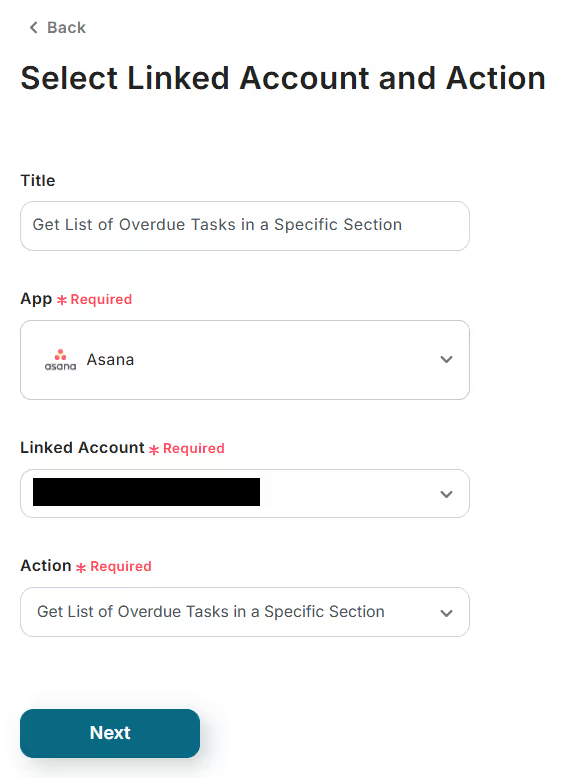
When the following screen appears, select the "Workspace ID" from the suggestions.
Click within the frame, and the suggestions will be displayed as shown below, so select the ID.

Scroll down and set the "Project ID" and "Section ID" from the suggestions as before.

Next, set the "Due Date".
Click "Date" → "Yesterday" → "%Y-%m-%d".
You can select the type of date by clicking the arrow within the red frame.
* You need to register in the format like "2024-04-01", so select "%Y-%m-%d".
Once set, click "Test" → "Test Successful" → "Save".
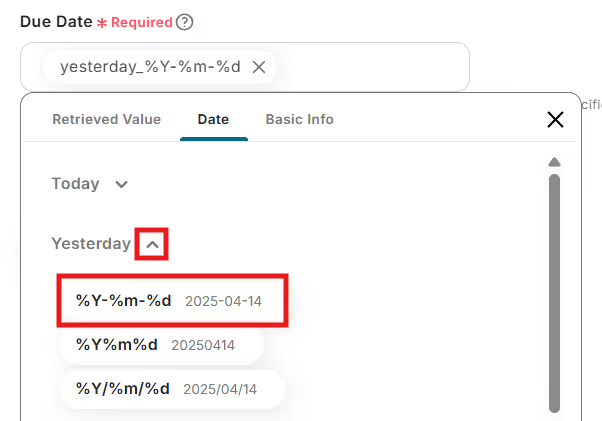
Next, set up Microsoft Teams by clicking "Send a message to the channel".
The following screen will be displayed, please check the settings.
- "Title" → Can be changed by yourself
- "Account information linked with Microsoft Teams" → Check for any mistakes
- "Action" → Send a message to the channel

When the following screen appears, select and set the "Team ID" from the suggestions.
Set the corresponding team ID.

Scroll down and set the "Channel ID".
Select from the suggestions as before.

Next, set the "Message".
By using the output from Asana, you can retrieve task information on Microsoft Teams.
The following is an example setting, please use your preferred output for the setting.
Once set, click "Test" → "Test Successful" → "Save".

Step 4: Turn on the trigger button and verify the integration operation between Asana and Microsoft Teams
Finally, click "Turn on Trigger" to complete the automation settings.
Check if the flow bot starts correctly.
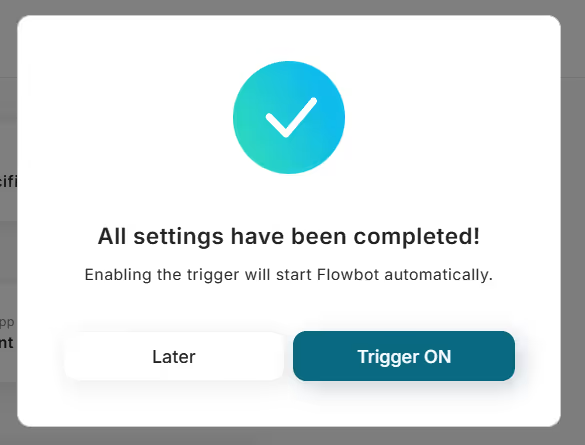
Here is the template used this time.

















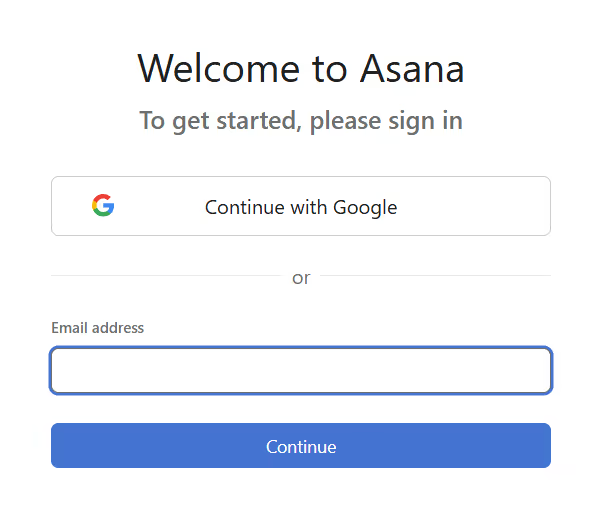

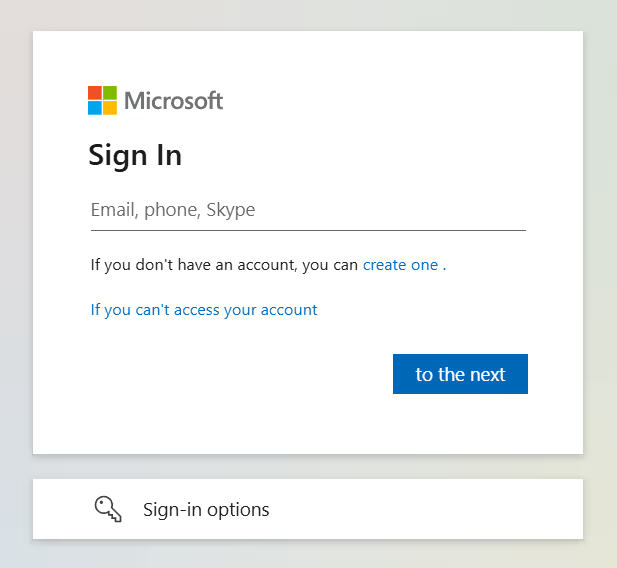



.avif)
.avif)
.avif)
.avif)





